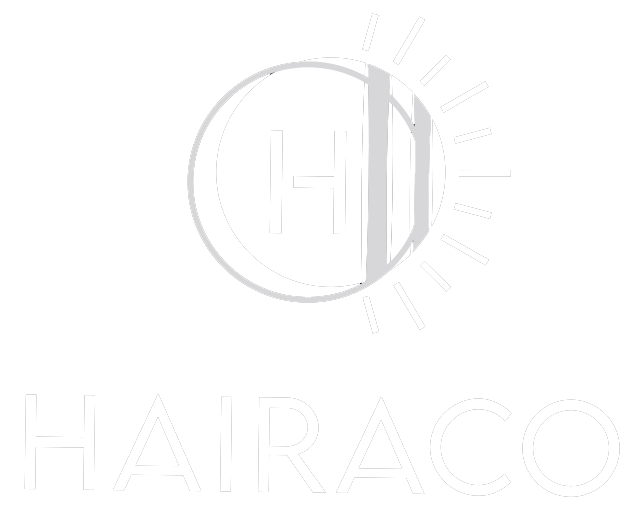Hair coloring is an art and a science that requires precision, creativity, and a deep understanding of a wide range of techniques. One crucial tool in the arsenal of any budding hairstylist is the hair coloring board. These boards help stylists in achieving uniform and precise color applications, which is vital for creating stunning hair transformations. Training salon staff to master the use of hair coloring boards is essential for maintaining high standards of service and client satisfaction.
Understanding Hair Coloring Boards
Hair coloring boards are flat, rigid surfaces used to support sections of hair during the dyeing process. They come in various sizes and materials, such as acrylic or wood, and are designed to provide a solid base to ensure even application of color. These boards can significantly improve the stylist’s control over the placement and saturation of color, particularly in techniques like balayage, highlighting, and root touch-ups.
Training Techniques
1. Familiarization with Tools
The first step in training staff is to familiarize them with the different types of hair coloring boards available. Each type has its own set of advantages, so it’s important for stylists to understand which board to use for specific techniques. Practical demonstrations and hands-on sessions can help in making them comfortable with the tools.
2. Proper Positioning and Handling
Positioning the hair correctly on the board is key to achieving a uniform color application. Training should cover how to section the hair and place it flat on the board. Additionally, staff should be taught to maintain the right angle and pressure to ensure that the color is applied evenly.
3. Application Techniques
Different coloring techniques require different application methods. Training should include detailed tutorials on techniques such as balayage, where the color is painted onto hair sections on the board, versus traditional foil highlights, where the board is used to support the hair as the color is applied. Practicing these techniques under supervision ensures that stylists gain confidence and skill.
4. Cleanliness and Maintenance
Maintaining clean coloring boards is crucial for preventing color contamination and ensuring consistent results. Training sessions should emphasize the importance of cleaning and sanitizing boards after each use. This includes using appropriate cleaning agents that won’t damage the board’s material.
Advanced Tips
1. Customizing Boards
Advanced stylists may choose to customize their boards for specific techniques. For instance, some may apply textured surfaces or use boards with built-in grips to better control hair placement. Training staff to innovate and customize tools can lead to more personalized and perfected color applications.
2. Practicing on Models
While practicing on mannequins is beneficial, nothing beats real-world experience. Training salons can enlist volunteers or offer discounted services to clients willing to have their hair colored by trainees under supervision. This provides invaluable practical experience and helps build confidence.
Conclusion
Mastering the use of hair coloring boards is essential for any professional stylist aiming to deliver high-quality, precise hair color services. Comprehensive training that covers the basics of tool familiarization, proper handling, application techniques, and maintenance, along with advanced tips, will ensure that salon staff are well-equipped to meet the demands of their clients. Investing in proper training not only elevates the skill levels of the staff but also enhances the reputation and success of the salon.

